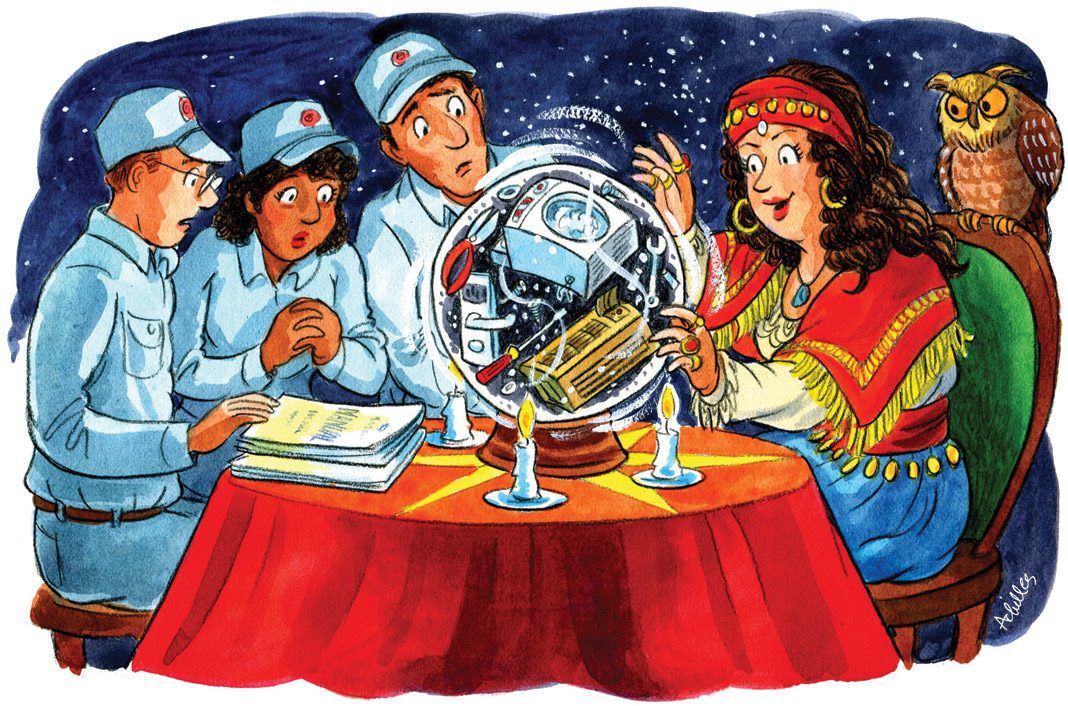Listen to this article.
What’s the “cost” of a guestroom? Some consider it to be the dollar amount associated with the housekeeping labor involved in flipping a room from one guest to the next—e.g., replacing toiletries and laundering sheets and towels—which is often quoted at between $7 and $15 per room per day, depending on the hotel. However, hotel maintenance departments also factor in the cost of the room’s furniture, fixtures, and equipment (FF&E).
In 2017, according to Smith Travel Research (STR), FF&E costs averaged $10,000 per room per year. Also, as of 2017, an “average”-sized hotel in the United States had 115 rooms. With an average occupancy of 65.9 percent, a hotel that size, which rents 76 rooms per night, rents 27,740 rooms annually. With that number of occupied rooms—forgetting wear and tear issues for a moment—if just one-half of one percent of those rented rooms had a “serious” maintenance-related failure, approximately 139 room nights per year would be detrimentally impacted. If those rooms were out of service for just one day, using 2017’s average room rate of $127 per night, the hotel could face $17,653 in lost revenue. If a room is out of order for more than one day, that lost revenue figure quickly grows higher.
Guestrooms clearly have a significant value, so any downtime is bad news. Maintaining these guestrooms—as well as hotel operating systems, locks, HVAC, pumps, hot water heaters, life-safety systems, and laundry equipment, just to name a few—falls on one department: property operations and maintenance. Due to their size and design, most hotel maintenance departments are, unfortunately, minimally staffed. In fact, the typical staffing model is just one maintenance employee per 60 rooms. With assets and equipment worth millions of dollars, understaffed and/or overwhelmed maintenance departments trying to keep up with everything they need to manage is a recipe for trouble.
Despite the challenges, there are three basic, yet key, steps hotels can take to keep up with the demands on solo maintenance operations, maximize room potential, and avoid lost revenue.
First, hotels must hire the best individuals possible, creating the best team that their budget will allow. The right hire can save enough money in repairs and downtime to pay for any added hourly cost associated with their wages relative to the budget. The impact on guest service and potential revenue for every room cannot be stressed enough.
Second—especially with one-person operations—the department must have access to a fully stocked and high-quality toolkit. A mobile, cart-based operation is a must; it is simply more efficient than a fully stocked maintenance shop. Hotels should also say “yes” to space-savers like 10-in-1 screwdrivers, multi-use tools, and a headlamp for hands-free capabilities. Maintenance needs to be nimble to address needs quickly and efficiently.
Third, it’s important to be aware of the age of your systems to know when key equipment and components will likely reach the end of their useful lives. Many hoteliers think that having their engineer do preventative maintenance achieves this. However, while well-intentioned, the preventative maintenance effort almost every hotel employs is simply not sufficient, and therefore sets them up for problems. With only one engineer at most hotels today, it is too easy to fall behind on a predetermined preventative maintenance schedule; distractions arise, illnesses happen, and problems occur. Once a hotel falls behind, hoteliers often find themselves dealing with another type of effort, one called breakdown maintenance. This encompasses the costly emergency repair of something after it’s too late. The best hotels use a third method, a true crystal ball known as predictive maintenance.
By understanding the life cycle of hotel equipment, one can efficiently replace parts before a breakdown occurs and extend operation time without likely interruption.
Predictive maintenance is a maintenance method based on determining the condition of equipment and its components through their respective manufacturer life cycles to best predict what maintenance should be performed and when. This method is highly efficient because tasks are performed only when needed, saving time and money. By understanding the life cycle of hotel equipment, one can efficiently replace parts before a breakdown occurs and extend operation time without likely interruption. Over the long term, this method increases efficiency, prevents costly over-maintaining of equipment, and allows human resources to be deployed appropriately, where necessary, when necessary.
With the prevalence of one-person operations today, this effort must become the new norm. If employed appropriately, hotels can shed unnecessary expenses associated with over ordering, such as having unnecessary parts sitting on a shelf until needed. By predicting issues before they occur, hotels increase the potential for sustained equipment operation time, reduce downtime by replacing components near the end of their life cycles, and reduce the likelihood of a breakdown situation that often results in costly third-party repairs or, worse, the expense of for outright replacement. There is no need to decimate a department’s budget, eat up capital reserves, and weaken the hotel’s bottom line. Regardless of staffing or hotel size, the use of predictive maintenance helps hoteliers expect the expected—and be prepared for it.












